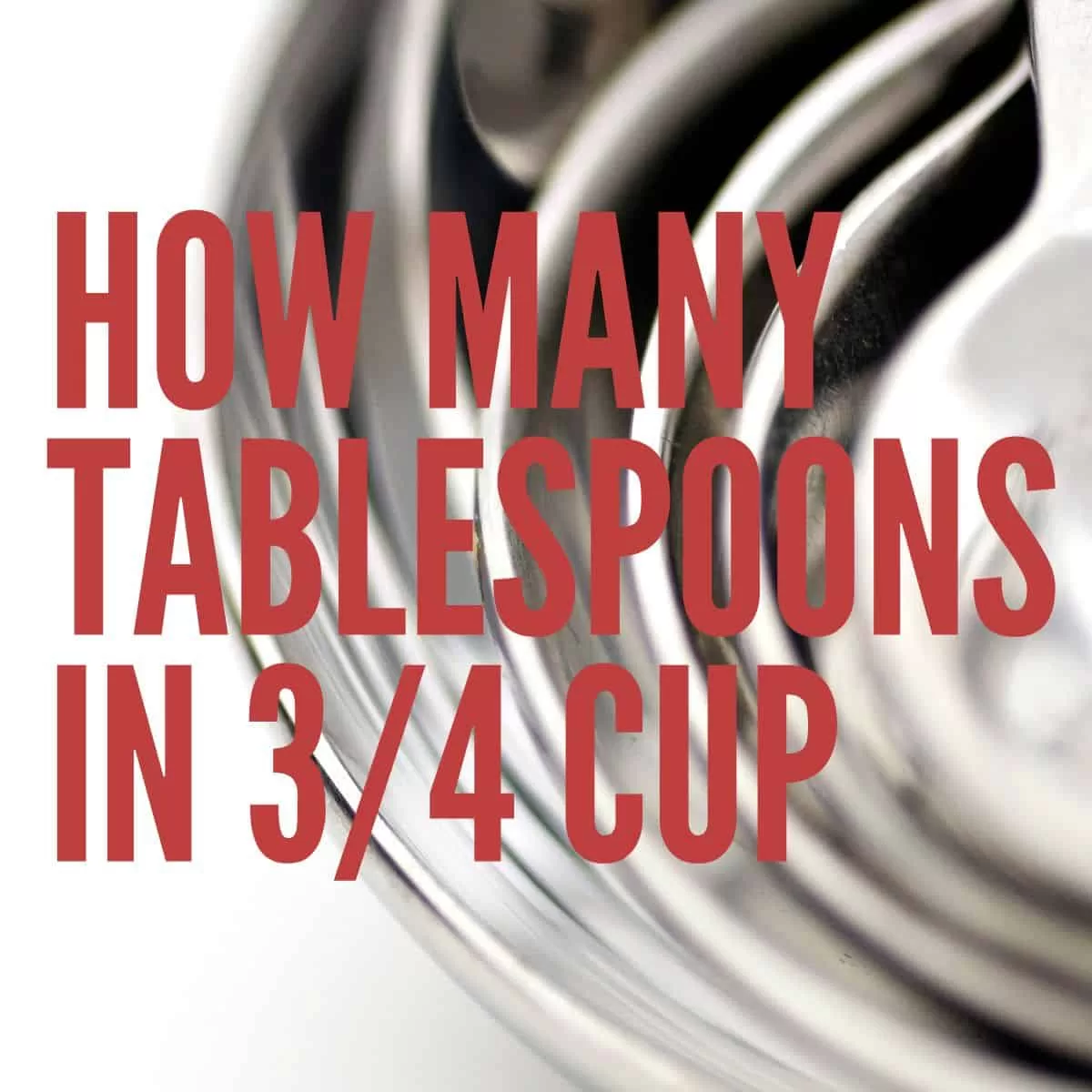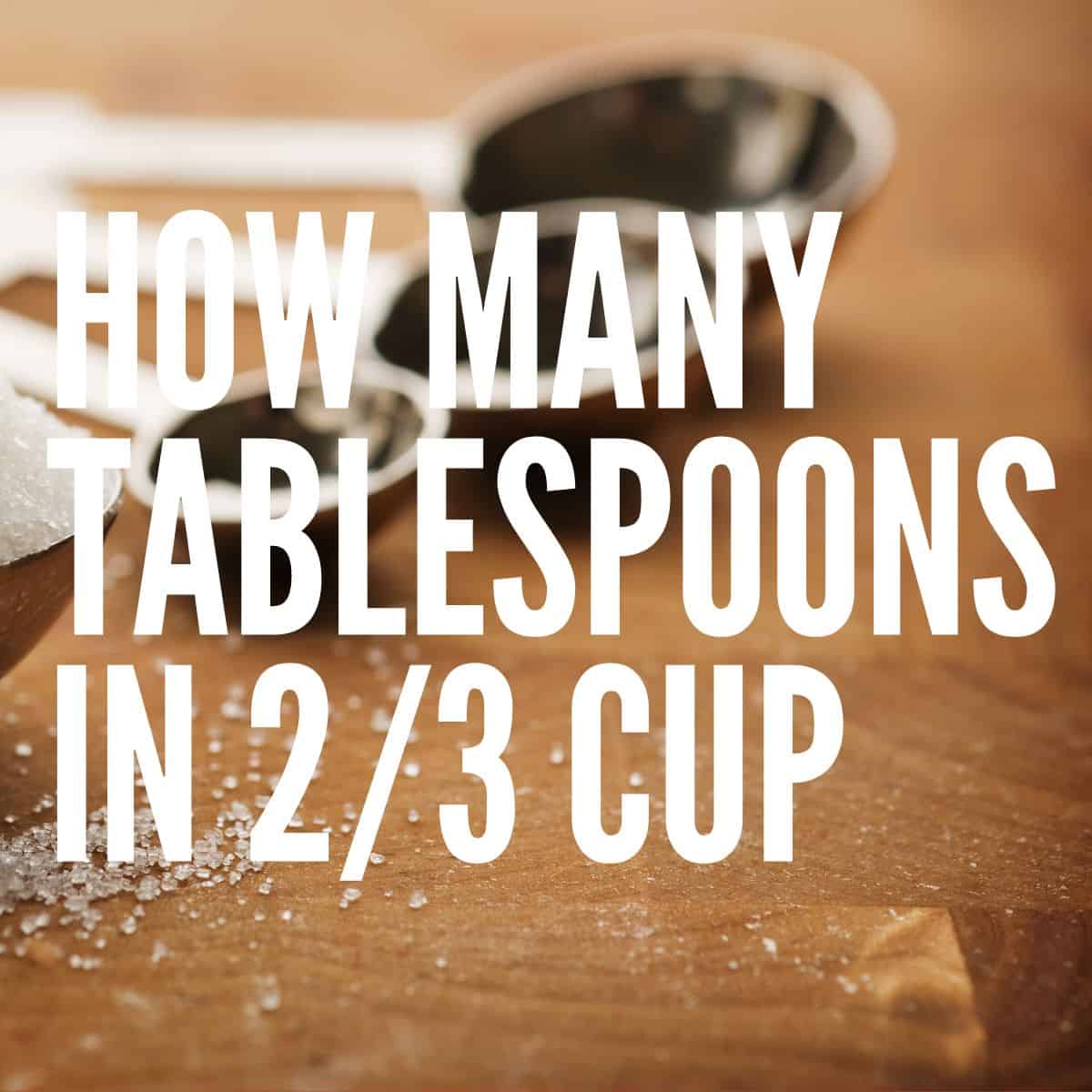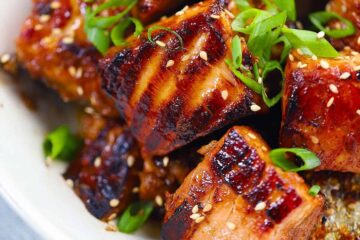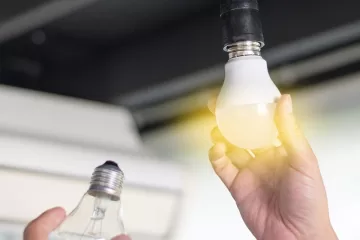If you love cooking or baking, you’ve probably come across a recipe that calls for an ingredient to be measured in tablespoons or cups. While measuring cups and spoons are common kitchen tools, it’s not always easy to remember how many tablespoons are in a certain amount of cups. One question that often comes up is “how many tablespoons for 3/4 cup?” In this article, we’ll answer that question and explore some related topics.
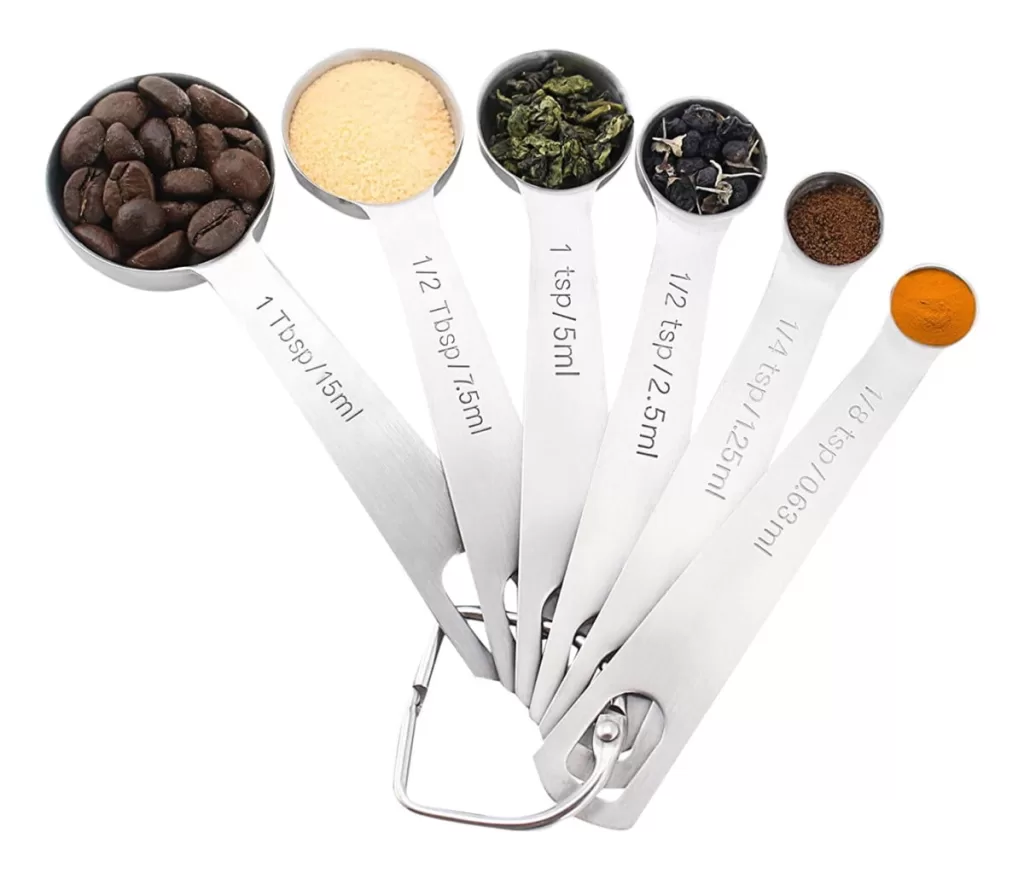
First, let’s address the main question: how many tablespoons are in 3/4 cup? The answer is 12 tablespoons. This means that if a recipe calls for 3/4 cup of an ingredient, you can use 12 tablespoons instead. It’s important to note that tablespoons are a smaller unit of measurement than cups, so 3/4 cup is equal to more tablespoons than you might expect.
Now that we’ve answered the main question, let’s dive into some related topics. One thing to keep in mind when measuring ingredients is that it’s important to be precise. Different ingredients have different weights and densities, which means that measuring by volume (like cups and tablespoons) may not always be accurate. This is especially true for baking, where precise measurements can make the difference between a successful and a failed recipe.
To ensure precision when measuring ingredients, it’s a good idea to use a kitchen scale. A kitchen scale measures ingredients by weight, which is a more accurate way to measure than by volume. For example, a cup of flour can vary greatly in weight depending on how it’s measured (scooping vs. spooning, for example), but a weight measurement will always be consistent.
If you don’t have a kitchen scale or prefer to measure by volume, it’s still important to measure accurately. One way to do this is to use measuring spoons and cups that are specifically designed for this purpose. It’s also a good idea to level off any dry ingredients (like flour or sugar) with a knife or spatula to ensure an accurate measurement.
Another related topic to consider is ingredient substitutions. Sometimes you may not have the exact ingredient called for in a recipe, or you may want to make a recipe with a healthier or more sustainable ingredient. In these cases, it’s important to understand how ingredient substitutions can affect the recipe.
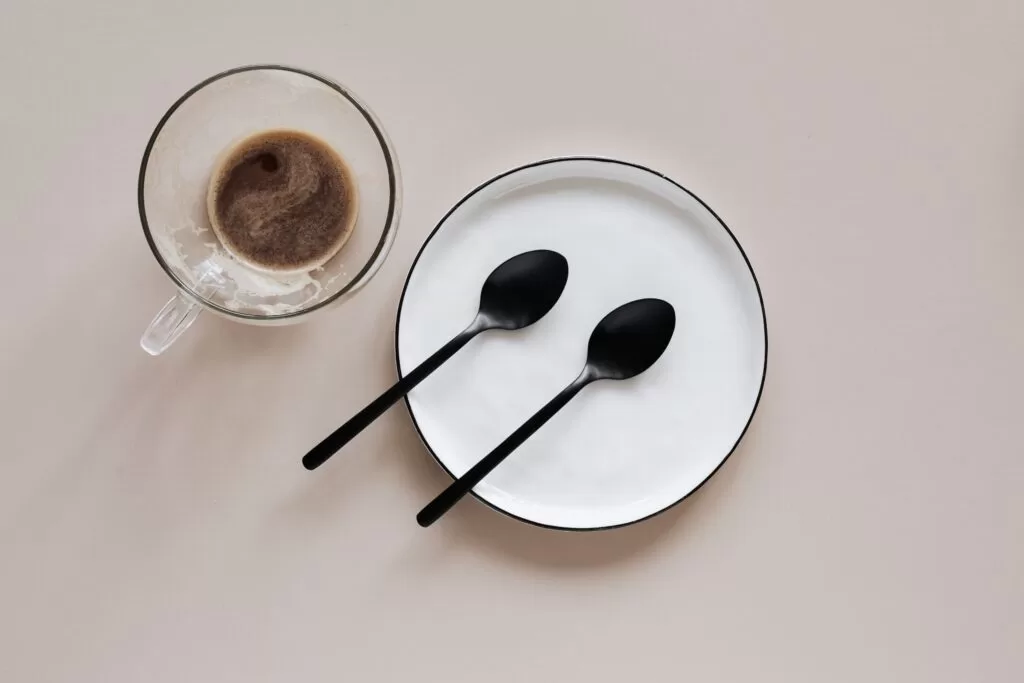
For example, if a recipe calls for butter but you want to use a plant-based alternative, like coconut oil, you’ll need to understand how this substitution will affect the recipe. In general, you can substitute butter with an equal amount of coconut oil, but the texture and flavor of the recipe may be different. It’s important to experiment and adjust the recipe as needed to achieve the desired result.
Finally, it’s worth mentioning that measuring ingredients can be a fun and creative process. While it’s important to be precise, there’s also room for experimentation and personalization. For example, you might try adding a pinch of a certain spice or adjusting the sweetness of a recipe to your liking. As you become more comfortable with measuring and cooking, you may find that you enjoy improvising and creating your own unique recipes.
In conclusion, if you’re wondering how many tablespoons are in 3/4 cup, the answer is 12. It’s important to measure ingredients accurately to ensure a successful recipe, and using a kitchen scale or measuring spoons and cups can help with this. Understanding ingredient substitutions and being open to experimentation can also add to the fun and creativity of cooking and baking. Happy measuring and happy cooking!
When measuring ingredients, it’s important to also consider the measuring tools you are using. Measuring cups and spoons come in different sizes and materials, and using the right ones can make a big difference in the accuracy of your measurements.
For dry ingredients, it’s best to use measuring cups made of plastic or metal. These cups usually come in sets, with sizes ranging from 1/4 cup to 1 cup. When measuring dry ingredients, it’s important to use the correct cup size and fill it to the top, then level off the excess with a knife or spatula. It’s also important to avoid packing the dry ingredient into the measuring cup, as this can lead to an inaccurate measurement.
Measuring spoons are used for smaller amounts of dry ingredients, typically in increments of teaspoons or tablespoons. These spoons can be made of plastic or metal and are usually sold in sets. When measuring dry ingredients with a spoon, use the correct spoon size and level off the excess with a knife or spatula.
When measuring liquids, it’s important to use a measuring cup made of glass or plastic with a spout. These measuring cups are usually sold in sizes ranging from 1/4 cup to 2 cups. To measure liquids accurately, place the measuring cup on a level surface and pour the liquid into the cup up to the desired marking on the side. It’s important to make sure that the liquid is at eye level to ensure an accurate measurement.
One important thing to keep in mind when measuring ingredients is that different ingredients have different weights and densities. For example, 3/4 cup of flour will weigh less than 3/4 cup of sugar because flour is less dense than sugar. This means that when measuring ingredients by volume, it’s important to keep in mind the weight and density of the ingredient to ensure an accurate measurement.
If you’re ever in doubt about how to measure an ingredient, it’s always a good idea to check the recipe or consult a trusted cooking or baking resource. Many cookbooks and websites have helpful tips and tricks for measuring ingredients, as well as information on ingredient substitutions and other related topics.
In summary, measuring ingredients accurately is an important part of cooking and baking. When measuring dry ingredients, use measuring cups and spoons made of plastic or metal and avoid packing the ingredient into the cup or spoon. When measuring liquids, use a measuring cup made of glass or plastic with a spout and make sure the liquid is at eye level. Keep in mind the weight and density of the ingredient to ensure an accurate measurement, and don’t be afraid to consult a trusted resource if you’re ever in doubt. With these tips in mind, you’ll be on your way to measuring like a pro in no time.

